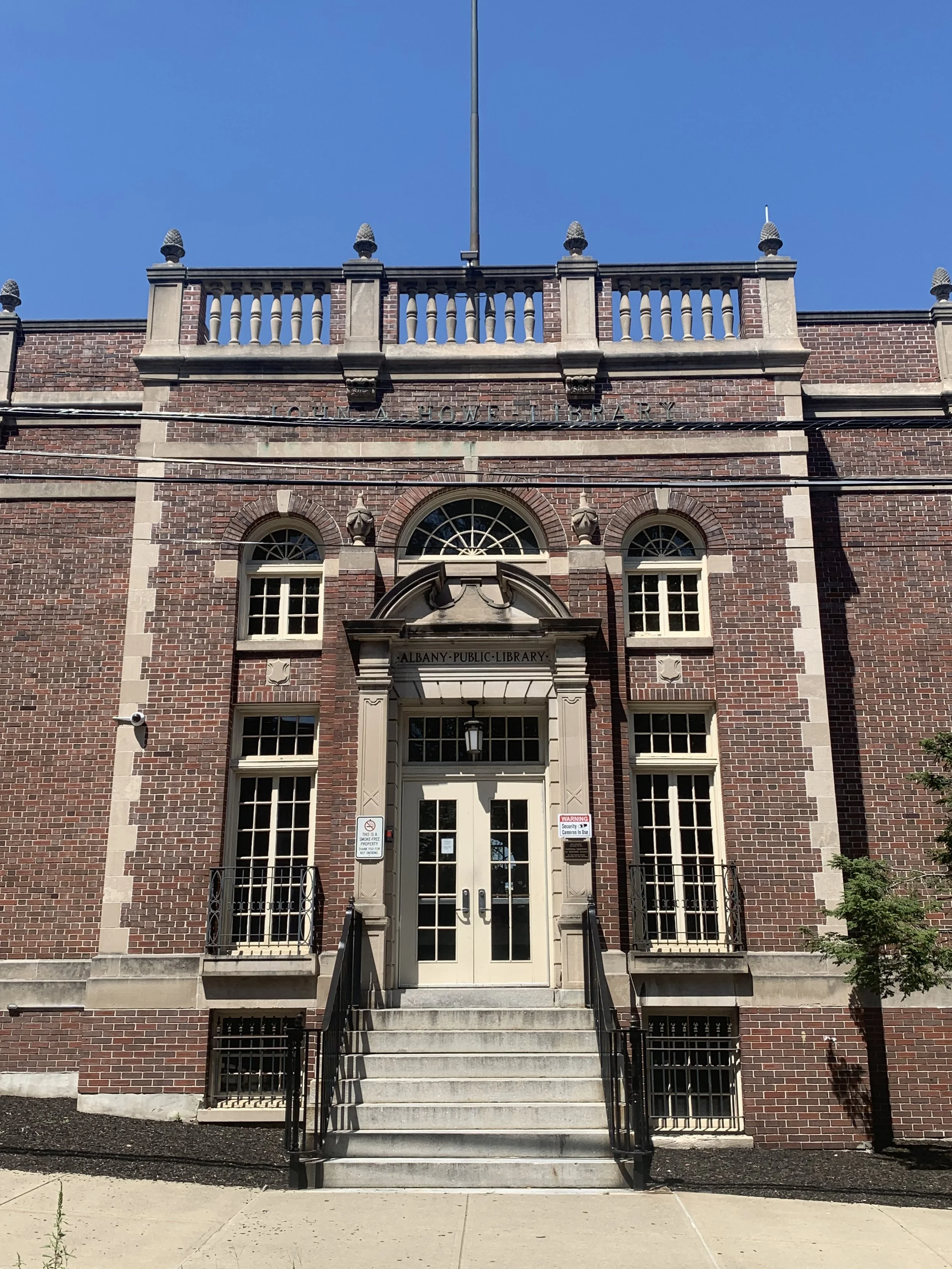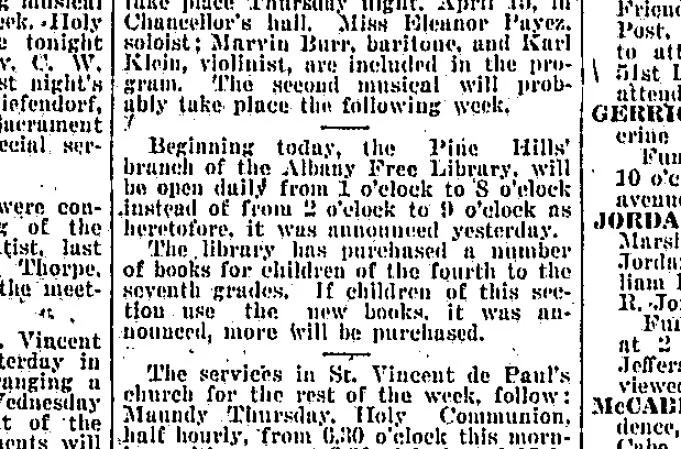The impact in Albany of the US Supreme Court’s Decision in Tyler V Hennepin County by Sam Wells
/Back on May 25th, the US Supreme Court made a ruling in the Tyler V. Hennepin County case that has had severe ripple effects on state tax foreclosure systems, national land bank efforts, and consequently historic preservation efforts across at least a dozen states including New York. Below is a brief description of the case from the Center for Community Progress (a national leader in the fight against blight and vacant buildings):
“In the case, 94-year-old Geraldine Tyler stopped paying taxes on her condominium after moving to assisted living. Hennepin County, Minnesota repeatedly warned Ms. Tyler that she could lose her property and offered payment plans and resources to assist her. The property also had unresolved liens in the form of mortgage and HOA fees. After more than five years of not paying property taxes (during which she accrued $15,000 in unpaid taxes, interest, and fees) the County foreclosed on and took possession of the property, sold it at auction roughly fifteen months later for $40,000, and retained the excess $25,000 from the sale. The Supreme Court ruled that by allowing the County to keep the surplus from the property sale, Minnesota law violates the “takings clause” of the Fifth Amendment of the U.S. Constitution.
The Court has now made clear that state tax foreclosure processes must provide an opportunity for property owners to recover any “excess value” in their property that might exist beyond the amount of unpaid taxes, interest, fees, and costs at the conclusion of the foreclosure. Minnesota will have to amend its statute to provide that opportunity, which may require it to subject all properties to a public auction at the conclusion of the tax foreclosure or to appraise or otherwise value the property and then include a mechanism to return excess amounts, if any, to the property owner.”
There are many different forms of tax foreclosure across the nation (you can read the Center for Community Progress’s report on those systems here). What’s important to know is that municipalities and counties across New York State (including Albany County) utilize a very similar form of tax foreclosure, which the US Supreme Court just ruled as unconstitutional. When a property owner in the City of Albany fails to pay their taxes, they can have their property seized by Albany County, who in turn gives the property over to the Albany County Land Bank for sale to a new owner. Any proceeds from that sale are kept by the Land Bank, who often uses the proceeds to fund their operations. This form of tax foreclosure has been an important tool for municipalities and land banks across the State, allowing localities to acquire control over problematic properties without significant legal constraints and to utilize the excess value from certain sales to subsidize properties that are “upside-down” or “underwater” and need more money in repairs than they are worth on the open market. Here in Albany, the Albany County Land Bank has used the “excess value” from the sale of properties in Colonie and Loudonville to subsidize the rehabilitation of historic properties in neighborhoods such as Albany’s South End. That practice is now practically impossible thanks to the US Supreme Court’s ruling.
The New York State Legislature reacted to the news by placing a one year moratorium on all tax foreclosures across the State (Senate Bill S7549A, Assembly Bill A7763) back in June. While a temporary pause on foreclosures until a better system is worked out may sound like a good thing, it can have a disastrous effect on properties that are currently in the tax foreclosure pipeline. As Assemblywoman Pat Fahy noted for the Times Union when she voted against the moratorium,
”I am concerned that any delays in proceedings could end up to leading to more demolitions, which have been a problem in Albany”.
Currently, Albany County has fallen behind on conducting tax foreclosures, which normally is a 3-4 year process. If you stopped paying your property taxes in 2017 you still own your property. This backlog is due in large part to the 2 years of moratoriums New York State placed on foreclosures in response to the pandemic beginning in 2020. The foreclosure procedure itself is a legal process that can take up to a year to proceed through the court system, which meant that as Albany County was moving forward with its first foreclosures since the pandemic this summer, the State Legislature stopped those in their tracks when they imposed a one year moratorium. What’s even more upsetting about this moratorium is that most of the vacant buildings sold by the Albany County Land Bank would not be subject to the Supreme Court’s ruling, as the sale prices are often lower than what the owed taxes were in the first place. This bill has not yet been signed by the Governor, who has until the end of the calendar year to sign it, veto it, or edit it through a chapter amendment process.
As Pay Fahy was alluding to in her comments, continued deterioration with no maintenance will eventually lead to buildings falling further and further into disrepair, which will at some point lead to emergency demolitions. Buildings that do make it through this extended foreclosure process will likely have suffered from significant deterioration, making it more expensive and difficult to rehab and save, consequently limiting the pool of people the Land Bank will have to choose from who have the knowledge and money to save these buildings. Vacant buildings do not fix themselves, and localities are often hamstrung by property owner’s rights and slow-moving court systems in trying to gain control over these properties to stop the deterioration. The tax foreclosure process was one of our best tools in solving for not only the physical condition of the property, but also the legal ownership of the property. There are also significant implications on the long term health and sustainability of the State’s Land Banks, as they all rely significantly on property sales to fund their operations.
While the US Supreme Court did not go as far as some feared in upending the tax foreclosure process utilized by Minnesota and New York, it still has caused ripple effects that we have not yet fully realized and raised questions as to what comes next. As Community Progress noted in their response,
“Most people understand property taxes are a necessary part of the social contract that shapes and strengthens our communities. Indeed, most local governments report that almost all owners pay their property taxes on time.
The problem is what happens when a property owner can’t—or won’t—pay their fair share and walks away from the property. As the notices, warnings, and fines pile up and the property slides into delinquency and towards tax foreclosure, we ask a very important question: What is the most fair and equitable way to balance the interests of the property owner who has walked away from their obligations, with the interests of the community?”








